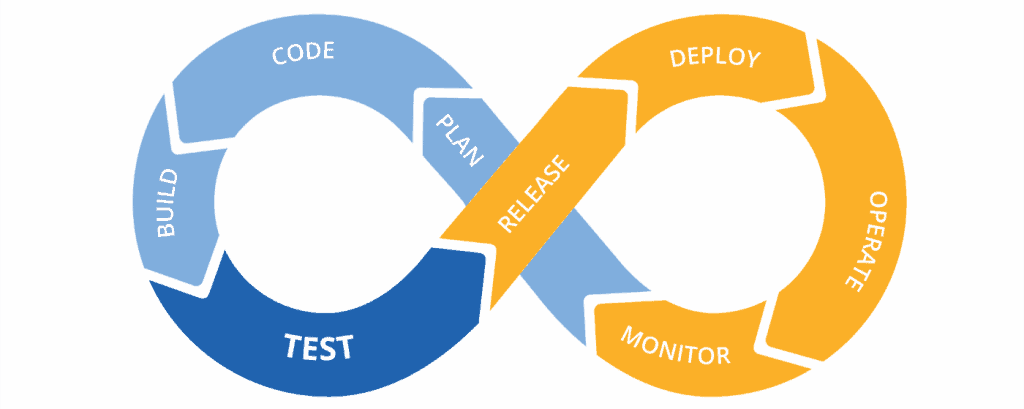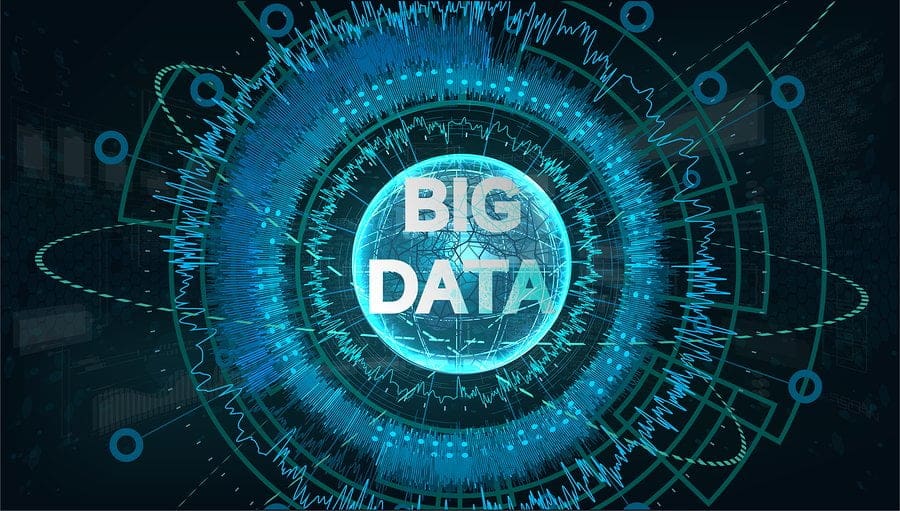Big Data helps software companies understand which features work in an application and which ones don’t. It can establish patterns and discover clues on how to adapt a product to the target audience. IT teams have also realized that they can use Big Data to improve application development. This is how DataOps appeared (one of the DevOps models). How are these two practices different? Which one is better – DataOps or DevOps?
Table of Contents
ToggleDevOps: close collaboration and SDLC automation
The DevOps philosophy brings developers and IT operations together as one team. It offers practices and tools to allow project participants to interact throughout the development process. Continuous contact and mutual assistance eliminate disunity. A team quickly solves problems and releases a product.
DevOps builds a workflow in such a way that the development team creates and releases a working software product as quickly as possible:
- It integrates the build-test-release cycle with a CI/CD pipeline.
The pipeline automates integrating new code into the main one, testing a build, deploying, and delivering the product to the market. The stages of the development cycle (from planning to monitoring) are included in CI/CD and continuously “circulate” along the pipeline until the project is completed.

Source: medium.com
Each SDLC member is also involved in the continuous integration and delivery pipeline. Developers create working code, test it, and integrate it into a new build. QA specialists take over the work and run automated and manual tests to make sure the product runs without bugs. Project Managers control processes and make sure that the development process goes according to plan. DevOps engineers set up the logistics of the code so that the finished software reaches users smoothly.
At all stages of the SDLC, the team reduces the risks that may arise with the product at release. Professionals spend less time on feedback, so the software solution is delivered without delay.
- DevOps automates repetitive tasks.
DevOps aims to reduce repetitive processes in the design, development, testing, deployment, delivery, and monitoring of a product. DevOps engineers create an environment for the work of programmers and testers so that these specialists complete tasks faster and make fewer mistakes.
Automation helps to set up the infrastructure and conduct unit, smoke, and UI tests. DevOps organizes automatic monitoring of infrastructure availability and security and the application log.

Source: bmc.com
Automation in DevOps doesn’t hinder team communication, and it allows specialists to quickly identify problems in the software and work together to fix them. Automation structures work and enable productive collaboration.
- DevOps treats the infrastructure like code.
DevOps services and solutions improve the work with the infrastructure. Operators manage it in the same way as developers manage code. Engineers don’t have to set up machines manually. Instead, they write configuration code that they store in the version control. To configure the machine, it is enough to run text files – manifests. The scripts will automatically set up build servers and testing and production environments. This speeds up the compilation of the code and the release of the product because the risk of human error is minimal.
DataOps: a new format for working with Big Data
Software solutions generate a lot of data all the time. According to Statista, by 2025, the volume of the world’s information will grow to 180 zettabytes, and this is three times more than in 2020. However, not all organizations can work with Big Data (collect, process, analyze and skillfully apply it). PwC estimates that organizations use only 0.5% of their data. Even Gartner believes that 80% of AI projects are like wizard-driven alchemy.
If a car factory runs without data analytics, it will eventually lose out to its competitors. The enterprise will not be able to identify bottlenecks in production, eliminate them, predict demand, or control product quality. Many firms rely on data at work and want to “tame” a continuous stream of unstructured information, and this is where DataOps comes to the rescue.
Some people consider DataOps a new format for working with data. Others think it is a logical development of DevOps, which seeks to bring together all SDLC participants: developers, DevOps engineers, testers, and Data Scientists. The methodology is used on projects for enterprises that rely on working with Big Data.
Let’s take a look at key features of DataOps:
- Continuous delivery of analytical knowledge.
DataOps operates within the DevOps process and adds zest to it. Data engineers automate the collection of information from sources and their loading into data warehouses. They monitor data streams, analyze, and filter them so that a business receives valuable information for analytics from an array of unstructured data. They create an infrastructure for storing, moving, and applying information.
- Qualitative source of analytics.
Information enters an organization and is loaded into a database, processed, and structured. Then it is visualized in tables and graphs, and forecasts are made. With DataOps, these procedures are automated. It only takes a click of a button to test and publish new analytics to the production pipeline.
Tests check the information that passes through the pipeline and confirms its reliability, correctness, and compliance with business logic. Start tests identify a process drift during the initial test phase. Exit tests find incorrectly processed data. They do not enter the pure data stream and do not spoil the forecasting model.

If an anomaly occurs at a particular location in the pipeline, the platform alerts a Data Scientist about the problem. Test results are visible on dashboards, and Analytics information is collected quickly and on-demand, with minimal error.
DataOps vs. DevOps: which methodology should you choose?
DataOps and DevOps are similar in that they support agile projects, improve team communication, and rely on automation and the CI/CD pipeline. They have a similar goal: to improve the SDLC and produce a quality product.
The differences between these methodologies lie in the following:
- Ways to achieve a goal.
DevOps aims to shorten the software development cycle. DataOps collects data to analyze how a product performs and improve it.
- Automation of various processes.
DevOps automates the configuration of virtual machines, versions, and servers. DataOps automates the collection, integration, and delivery of data.
- Composition of teams.
DevOps brings developers, testers, and system administrators together into one team. Working with DataOps also requires the participation of business leaders, programmers, and Data Scientists.
DevOps services and solutions are used on projects where frequent updates occur. DataOps is approached by organizations for which data is a priority business value. These businesses want to implement ML and AI in processes and take advantage of predictive analytics to advance in the market.
Conclusion
Businesses worldwide are realizing the value and financial benefits of DevOps and DataOps. In 2020, 81% of Chinese entrepreneurs said that DataOps was important or extremely important for the work of their organizations. In North America, there were slightly fewer adherents – 34%. Since then, their number has kept growing. DataOps or DevOps? The first one may replace or at least complement DevOps services and solutions to promote a data culture in companies.





